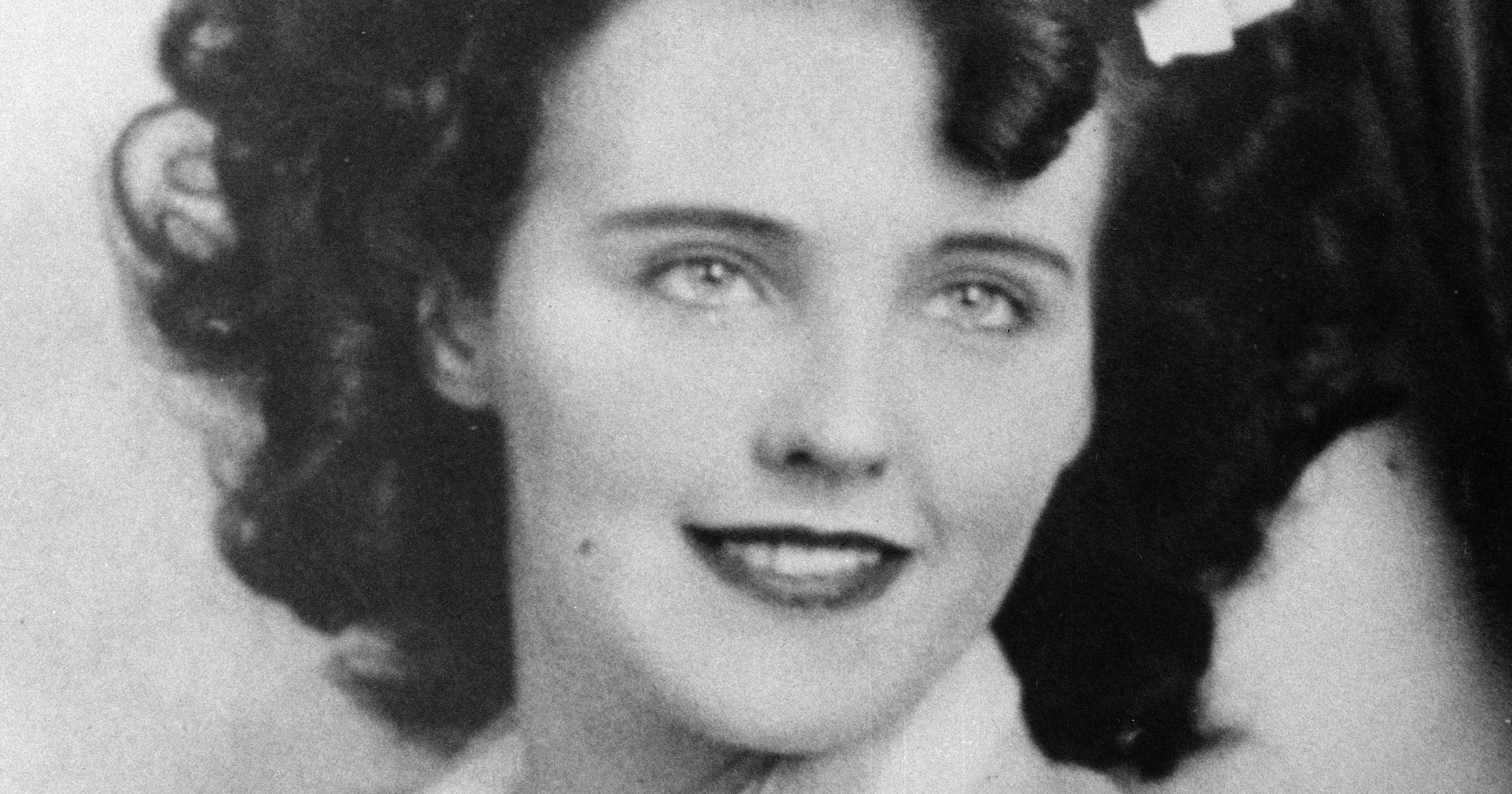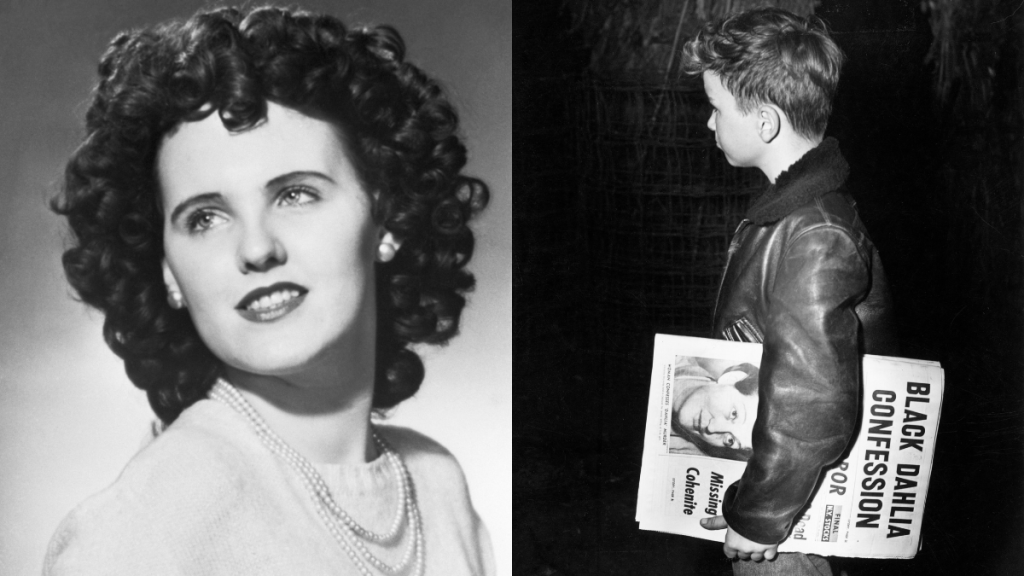When you dive into the world of true crime, there's one case that stands out like a dark shadow—the Black Dahlia case autopsy. It’s not just another murder mystery; it's a chilling chapter in the history of criminal investigations. The name itself sends shivers down your spine. Elizabeth Short, known as the Black Dahlia, became a symbol of both tragedy and intrigue. Her story is more than just a crime scene—it's a puzzle that remains unsolved, with pieces scattered across time.
The Black Dahlia case autopsy has fascinated true crime enthusiasts for decades. The sheer brutality of the crime and the lack of resolution have kept this case alive in the public consciousness. What makes it even more intriguing is the level of detail uncovered during the autopsy, which only deepens the mystery. The autopsy report, though grim, offers a glimpse into the mind of a killer and the life of a victim.
As we unravel the layers of this infamous case, it's important to remember that behind the headlines and the speculation is a real person—Elizabeth Short. Her story is one of tragedy, but also of resilience and the human desire for justice. Join me as we explore the Black Dahlia case autopsy, its impact on criminal investigations, and why it continues to captivate us all these years later.
Read also:Kaitlan Collins Husband The Inside Story You Need To Know
Who Was the Black Dahlia?
Biography of Elizabeth Short
Before diving into the autopsy details, let's take a moment to understand who Elizabeth Short really was. Born on July 29, 1924, in Boston, Massachusetts, Short was a young woman with dreams of becoming an actress. Her life, however, took a tragic turn, leading her to the grim fate that would immortalize her as the Black Dahlia.
| Full Name | Elizabeth Short |
|---|---|
| Birth Date | July 29, 1924 |
| Birth Place | Boston, Massachusetts |
| Occupation | Aspiring Actress |
| Known As | Black Dahlia |
Short moved to Los Angeles in the late 1940s, hoping to break into the film industry. Instead, she became a victim of one of the most infamous murders in American history. Her nickname, the Black Dahlia, was coined by reporters, inspired by the film "The Blue Dahlia," which was playing in theaters at the time of her murder.
Understanding the Black Dahlia Case Autopsy
Key Findings from the Autopsy Report
The autopsy conducted on Elizabeth Short revealed a level of violence that shocked even seasoned investigators. The report detailed severe mutilations, including a cut that divided her body in half at the waist. Her face had been slashed from ear to ear, creating a grotesque grin. These findings have haunted investigators and true crime enthusiasts alike.
Some of the key findings include:
- Severe mutilation of the body
- Cuts on the face resembling a "Glasgow smile"
- No evidence of sexual assault
- Signs of ligature marks on her wrists and ankles
These details paint a grim picture of the crime, suggesting a level of premeditation and obsession on the part of the killer.
The Impact on Criminal Investigations
How the Autopsy Shaped Modern Forensics
The Black Dahlia case autopsy played a significant role in shaping modern forensic investigations. The meticulous documentation and analysis of the crime scene set a precedent for future cases. Investigators learned the importance of preserving evidence and the value of detailed autopsy reports in solving crimes.
Read also:What Is King Von Kill Count Unveiling The Legacy And Impact
Some of the lessons learned include:
- The importance of securing the crime scene
- The need for detailed documentation of injuries
- The role of forensic pathology in identifying causes of death
These practices have become standard in criminal investigations, helping to solve countless cases over the years.
Why the Case Remains Unsolved
Theories and Speculations
Despite the wealth of information gathered during the autopsy, the Black Dahlia case remains unsolved. Over the years, numerous theories have been proposed, ranging from a spurned lover to a serial killer. The lack of definitive evidence and the destruction of key documents have hindered efforts to identify the killer.
Some popular theories include:
- A serial killer targeting young women
- A personal vendetta against Elizabeth Short
- A copycat killer inspired by previous crimes
While these theories provide some insight, none have been proven, leaving the case an enduring mystery.
The Role of the Media
How the Press Shaped Public Perception
The media played a crucial role in shaping public perception of the Black Dahlia case autopsy. Sensationalized reporting and the creation of the "Black Dahlia" moniker contributed to the case's notoriety. While this brought attention to the investigation, it also led to misinformation and speculation.
Key aspects of media coverage include:
- Headlines focusing on the grisly details of the crime
- Speculative theories presented as fact
- Public fascination with the victim's personal life
This coverage highlights the double-edged sword of media involvement in criminal cases, where public interest can both aid and hinder investigations.
Psychological Profiling of the Killer
Insights from the Autopsy
The Black Dahlia case autopsy provided valuable insights into the psychology of the killer. The meticulous nature of the crime suggests a level of planning and obsession. Investigators have speculated that the killer may have had a background in medicine or anatomy, given the precision of the mutilations.
Some psychological profiles suggest the killer was:
- Highly intelligent and detail-oriented
- Obsessed with control and domination
- Capable of extreme violence without remorse
These profiles help paint a picture of the type of person who could commit such a crime, though they remain speculative without definitive evidence.
Technological Advances and the Case
Modern Techniques Applied to Old Evidence
Advances in technology have allowed investigators to revisit old evidence with new tools. DNA analysis, digital imaging, and advanced forensic techniques have been applied to the Black Dahlia case autopsy materials. While these efforts have not yet solved the case, they offer hope for future breakthroughs.
Technological advancements include:
- DNA testing on preserved evidence
- Reconstruction of crime scenes using digital tools
- Analysis of old photographs and documents
These techniques demonstrate the ongoing efforts to bring closure to this tragic case.
Public Interest and the Black Dahlia Case
Why People Are Still Fascinated
The Black Dahlia case autopsy continues to captivate the public imagination. The combination of a beautiful young woman, a brutal murder, and an unsolved mystery creates a perfect storm of intrigue. People are naturally drawn to stories that challenge our understanding of human nature and justice.
Reasons for public fascination include:
- The tragic life and untimely death of Elizabeth Short
- The brutality and precision of the crime
- The enduring mystery surrounding the killer
This fascination has kept the case alive in popular culture, ensuring that Elizabeth Short's story is not forgotten.
Lessons from the Black Dahlia Case Autopsy
What We Can Learn
The Black Dahlia case autopsy teaches us valuable lessons about crime, justice, and human nature. It highlights the importance of thorough investigations, the impact of media coverage, and the enduring quest for truth. While the case remains unsolved, it has left a lasting legacy in the field of criminal justice.
Key lessons include:
- The importance of preserving evidence
- The role of media in shaping public perception
- The need for continued advancements in forensic science
These lessons remind us that even in the face of tragedy, there is always something to be learned.
Conclusion
The Black Dahlia case autopsy remains one of the most intriguing and chilling chapters in the annals of true crime. From the brutal details of the crime to the ongoing efforts to solve the mystery, this case continues to captivate and haunt us. The story of Elizabeth Short serves as a reminder of the fragility of life and the enduring quest for justice.
If you found this article fascinating, I encourage you to share it with others who might be interested in the Black Dahlia case autopsy. Your thoughts and insights could help shed new light on this enduring mystery. And if you're eager to dive deeper into the world of true crime, be sure to explore more articles on our site.
Remember, the search for truth never truly ends.
Table of Contents
- Who Was the Black Dahlia?
- Understanding the Black Dahlia Case Autopsy
- The Impact on Criminal Investigations
- Why the Case Remains Unsolved
- The Role of the Media
- Psychological Profiling of the Killer
- Technological Advances and the Case
- Public Interest and the Black Dahlia Case
- Lessons from the Black Dahlia Case Autopsy
- Conclusion



